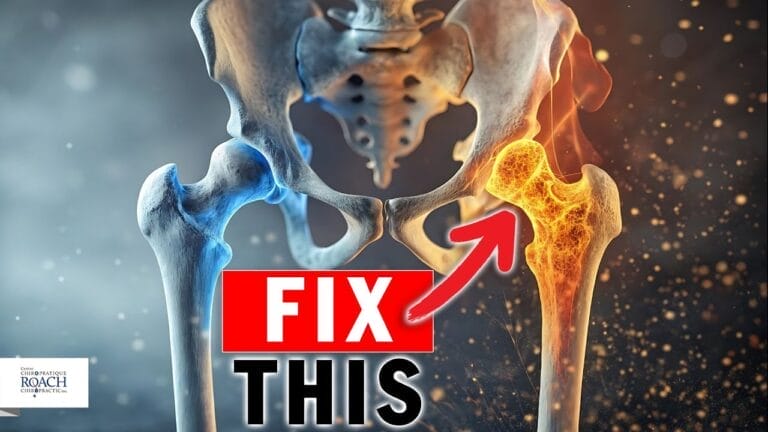Chiropractor Info on Shoulder Pain

Shoulder pain is a common issue that affects people of all ages, limiting mobility and impacting daily activities. Whether caused by injury, poor posture, or stress-related tension, shoulder pain can be debilitating if left untreated. Chiropractic care offers a non-invasive, drug-free approach to managing and alleviating shoulder pain by addressing the root cause rather than just the symptoms. This blog post explores the causes, symptoms, chiropractic solutions, best practices, exercises, and the importance of ongoing care.
Understanding Shoulder Pain
Shoulder pain can stem from various conditions, including:
- Rotator Cuff Injuries – Tears or strains in the muscles and tendons that stabilize the shoulder.
- Bursitis – Inflammation of the fluid-filled sacs that cushion the shoulder joint.
- Tendonitis – Overuse leading to inflammation of the shoulder tendons.
- Frozen Shoulder – Stiffness and restricted movement due to inflammation.
- Postural Imbalances – Poor posture leading to muscle strain and misalignment.
Canadian and Worldwide Statistics
- Shoulder pain affects approximately 35% of adults in Canada.
- Globally, shoulder pain prevalence ranges from 0.7% to 55.2%.
- Chiropractic care is widely utilized for musculoskeletal conditions, including shoulder pain.
Identifying Symptoms of Shoulder Pain
Shoulder pain symptoms vary depending on the underlying cause but commonly include:
- Sharp or dull pain in the shoulder joint or surrounding muscles.
- Stiffness and reduced range of motion when lifting or rotating the arm.
- Pain that worsens with activity or prolonged sitting.
- Weakness or instability in the shoulder joint.
Step-by-Step Guide to Managing Shoulder Pain
1. Chiropractic Adjustments
Chiropractic care focuses on realigning the spine and shoulder joint to reduce nerve compression and improve mobility.
2. Stretching & Strengthening Exercises
Regular exercises help improve flexibility and reduce tension in the shoulder and surrounding muscles.
3. Lifestyle Adjustments
- Maintain proper posture while sitting and standing.
- Take frequent breaks from prolonged sitting.
- Use ergonomic furniture to support spinal health.
4. Heat & Cold Therapy
Applying heat relaxes muscles, while cold therapy reduces inflammation.
Quotes on Chiropractic Care and Shoulder Pain
“Chiropractic care offers a safe, effective alternative to surgery for shoulder pain relief.” – Dr. Peter Rothbart
Short and Long-Term Benefits of Chiropractic Care
Short-Term Benefits:
- Immediate pain relief and reduced inflammation.
- Improved mobility and flexibility.
Long-Term Benefits:
- Prevention of recurring shoulder pain.
- Enhanced joint health and nerve function.
Best Practices & Routines for Shoulder Pain Prevention
- Daily stretching to maintain flexibility.
- Proper posture correction to reduce strain.
- Regular chiropractic visits to prevent misalignment.
Exercises & Stretches for Shoulder Pain Relief
- Doorway Stretch – Opens up the chest and relieves tension.
- Neck Release – Reduces tension in the cervical spine.
- Wall Angels – Improves shoulder mobility and posture.
Trusted Resources for More Information
The Importance of Ongoing Chiropractic Care
Consistent chiropractic care helps maintain spinal and shoulder alignment, reducing the likelihood of shoulder pain recurrence. By addressing nerve compression and muscle tension, chiropractic adjustments provide long-term relief and improve overall mobility.
Shoulder pain can significantly impact daily life, but chiropractic care offers an effective, non-invasive solution. By incorporating adjustments, exercises, and lifestyle modifications, individuals can manage shoulder pain symptoms and prevent future complications. If you’re experiencing shoulder discomfort, consider scheduling an appointment with Roach Chiropractic to explore personalized treatment options. Contact us today to start your journey toward pain-free living!
SHARE THIS






